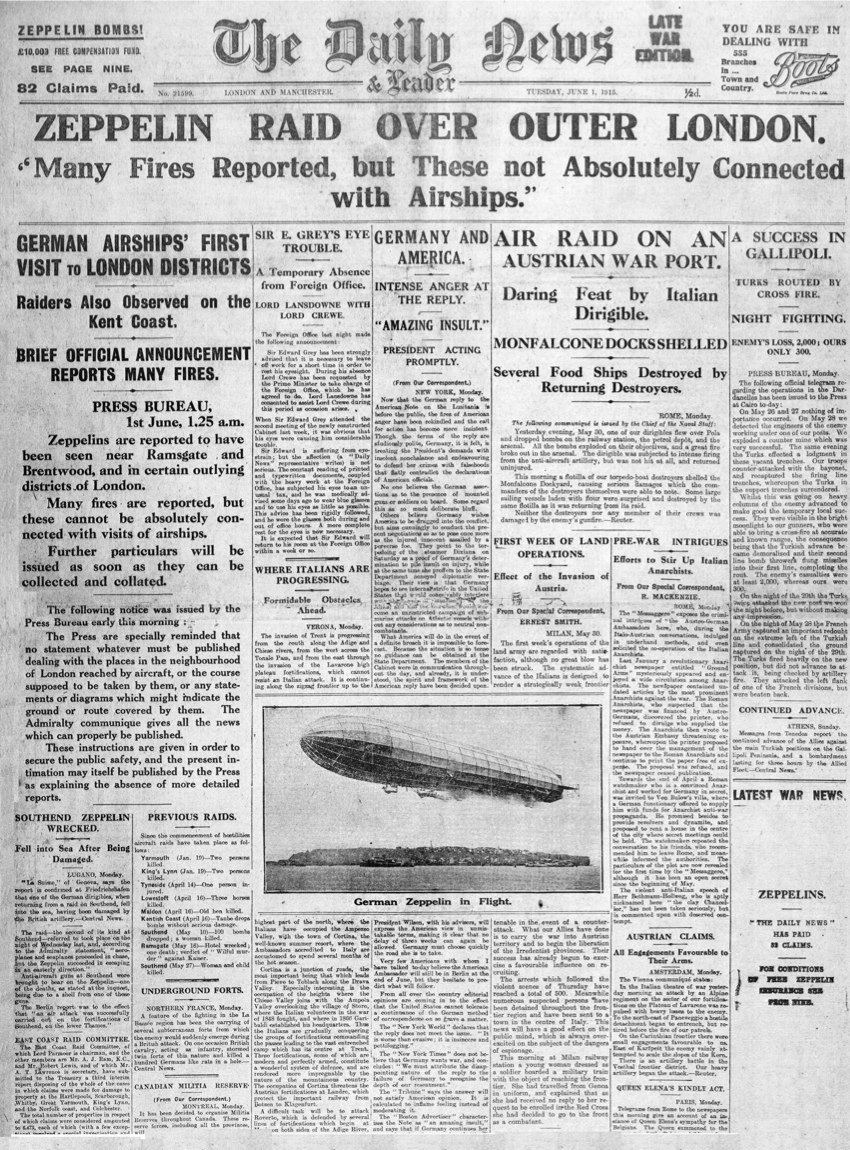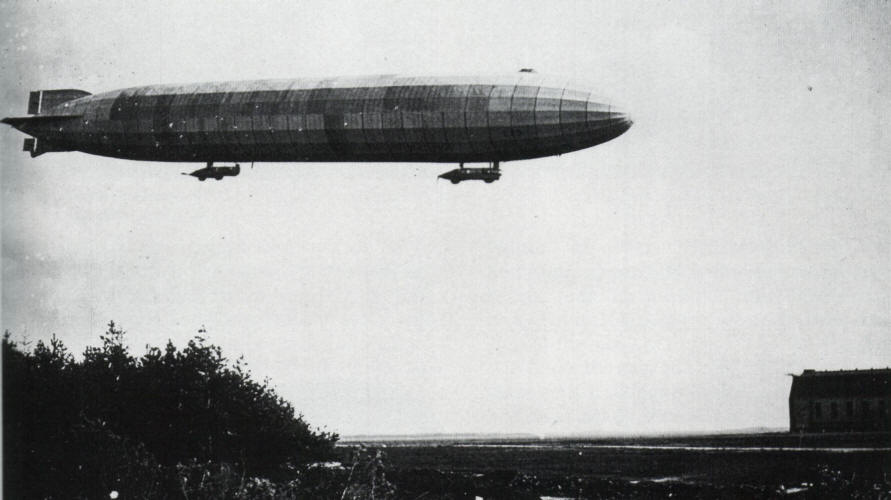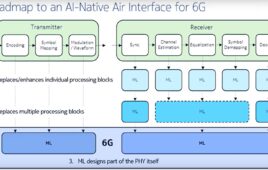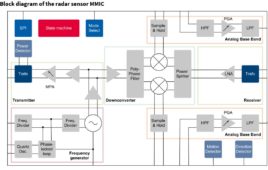On May 31, 1915, the monstrous LZ 38 German zeppelin flew, unseen and unheard, over London during the First World War, dropping bombs on the sleeping city in the first London Blitz. Targeting civilians, the hydrogen-filled aircraft released 90 incendiary bombs and 30 grenades on a line that stretched from Stoke Newington south to Stepney, and then north toward Leytonstone—killing seven people.
“Nowadays there is no such animal as a non-combatant,” German zeppelin corps commander Peter Strasser said. “Modern warfare is total warfare.”

Germans had high hopes for their giant flying machines, which were more capable than light fixed-wing aircraft. The zeppelins were of similar speed, could carry multiple machine guns, and boasted greater bomb-load range and endurance. Their purpose was to incite fear in Britain’s civilian population, forcing the country to back out of the war.
The zeppelin—unlike anything the world had ever seen before—seemed straight out of a science-fiction novel. Interestingly, eight years prior to the 1915 raid, English writer H.G. Wells had penned The War in the Air, a novel in which Germany dispatched 2,000 foot-long “airships” in a surprise raid against New York City.

In reality, the “airship-train” (as it was called in its 1895 patent) was named after its designer, German general Ferdinand von Zeppelin. The LZ-38 was one of 22 models constructed after the outbreak of WWI and consisted of a more streamlined hull, a duralumin framework, and four 210 horsepower, 6-cylinder inline piston engines. The 537-foot-long aircraft required 19 crewmembers to operate and could hit a maximum speed of 57 mph
After the initial 1915 strike, the Germans would continue to deploy zeppelins over the city, killing nearly 700 people.




